Chemical Valley and the threat to Michigan’s drinking water
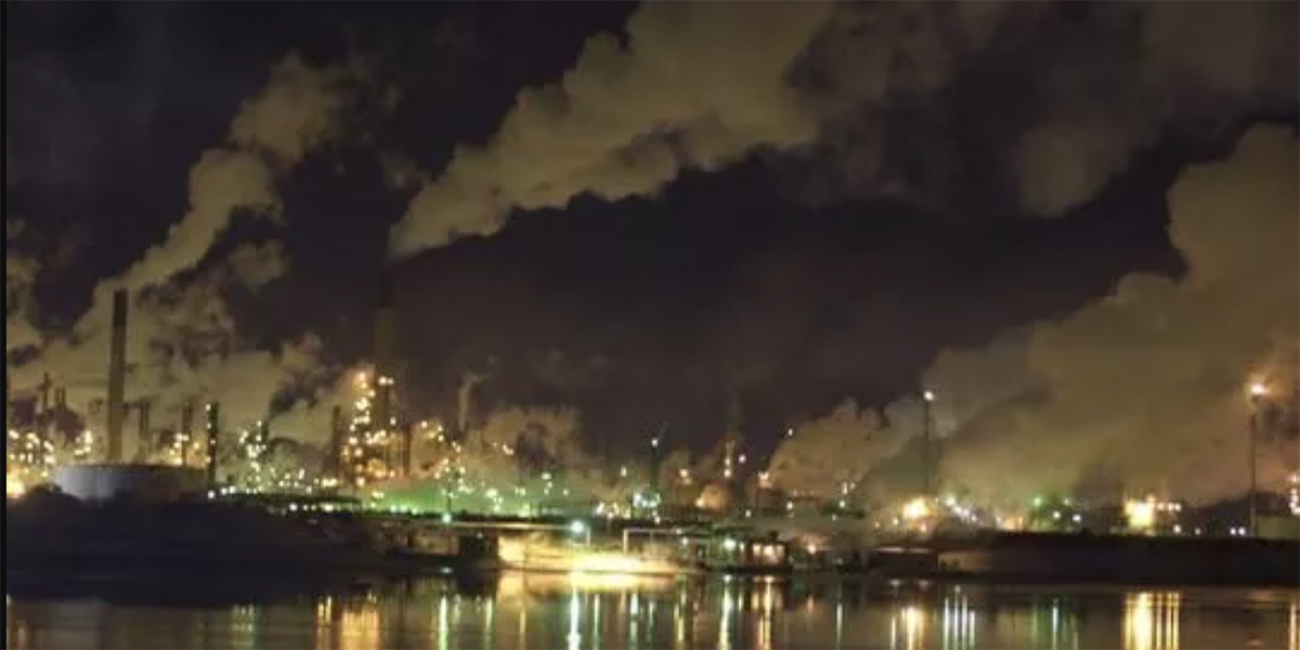
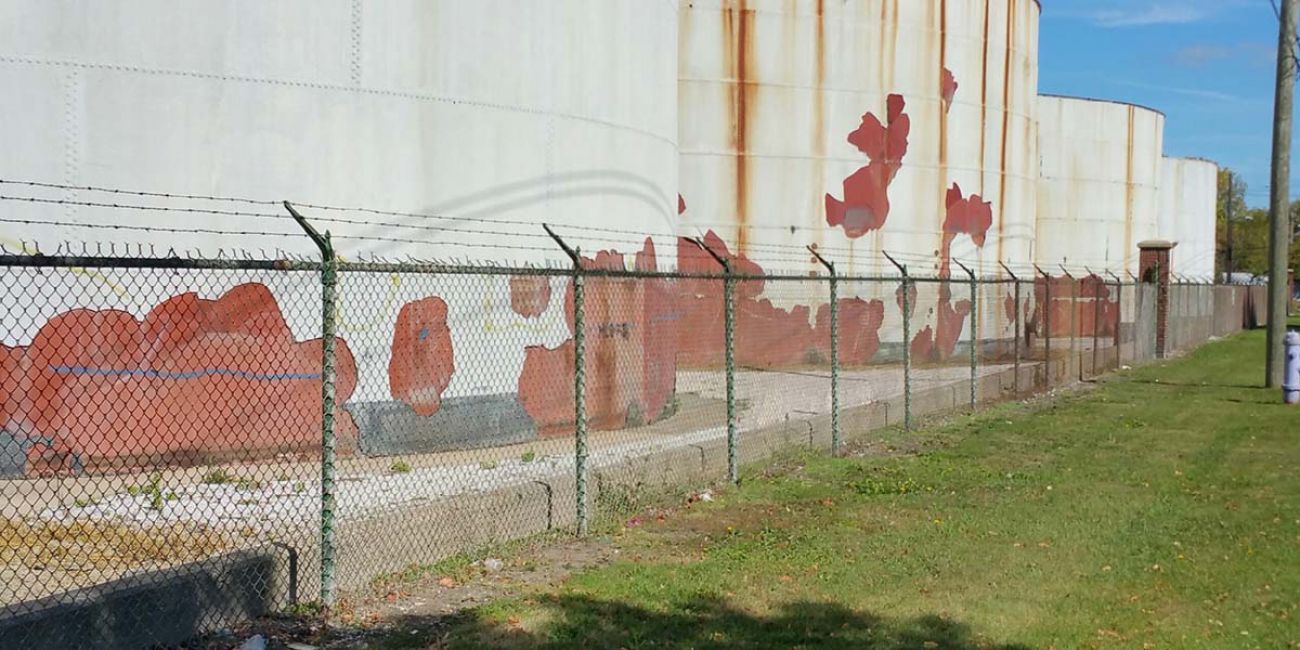


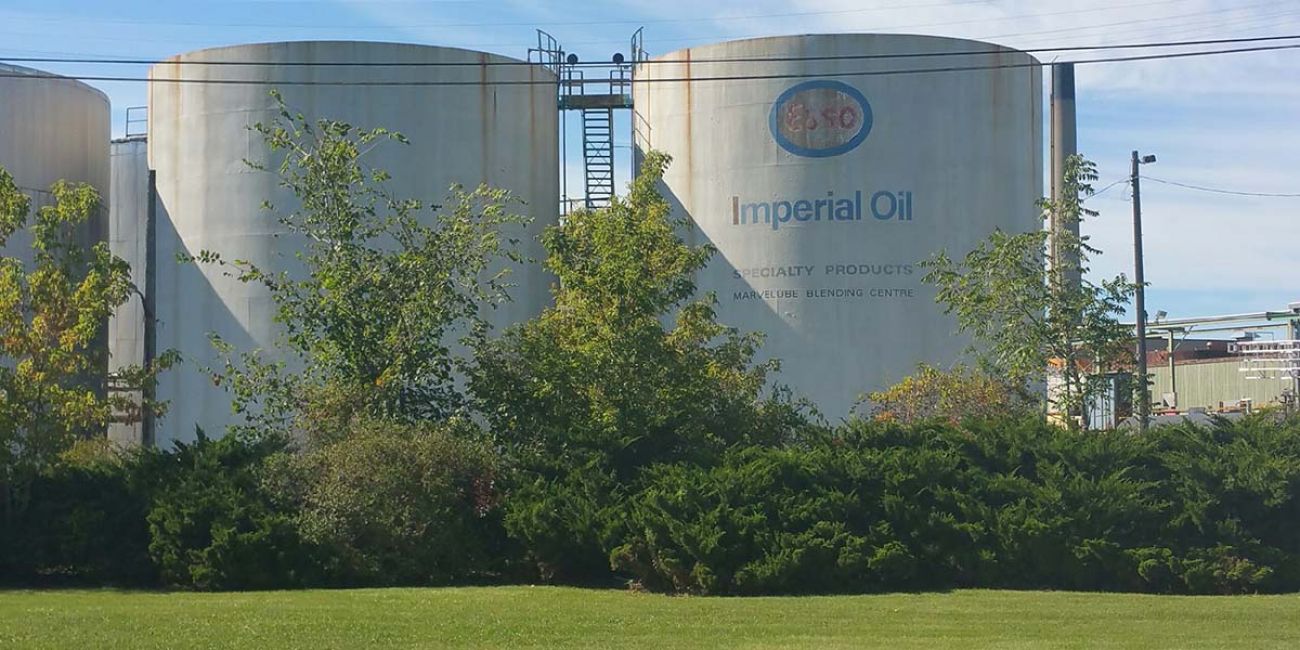
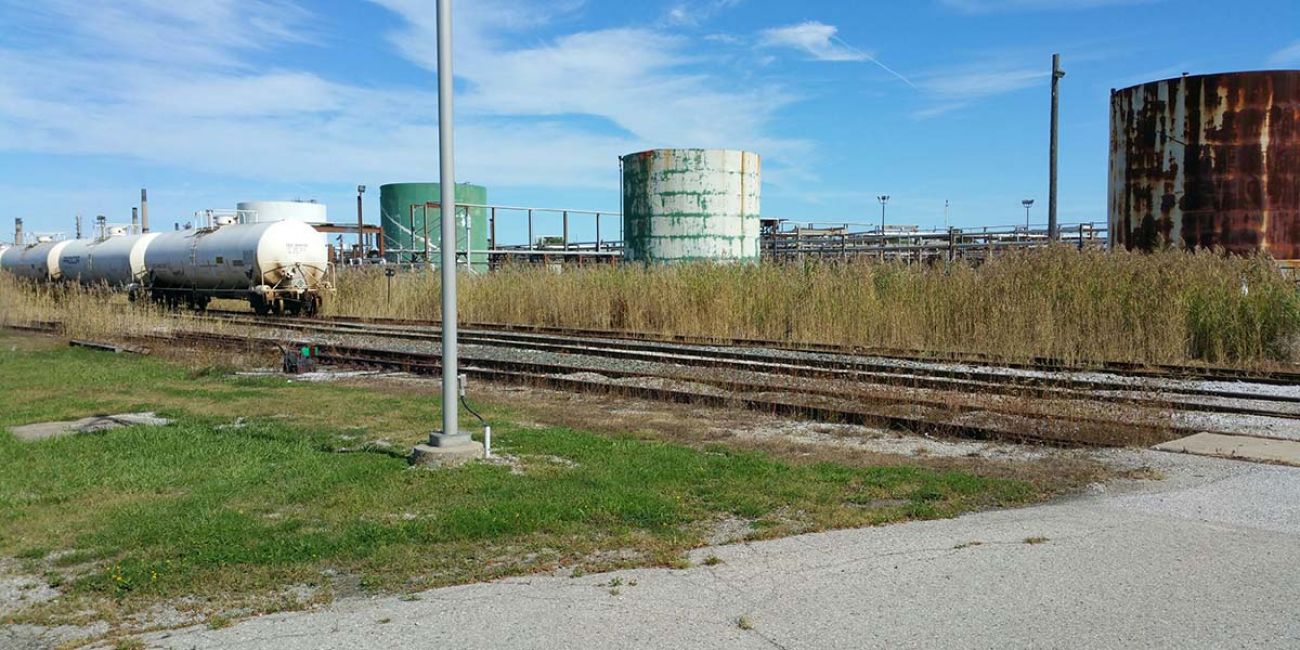
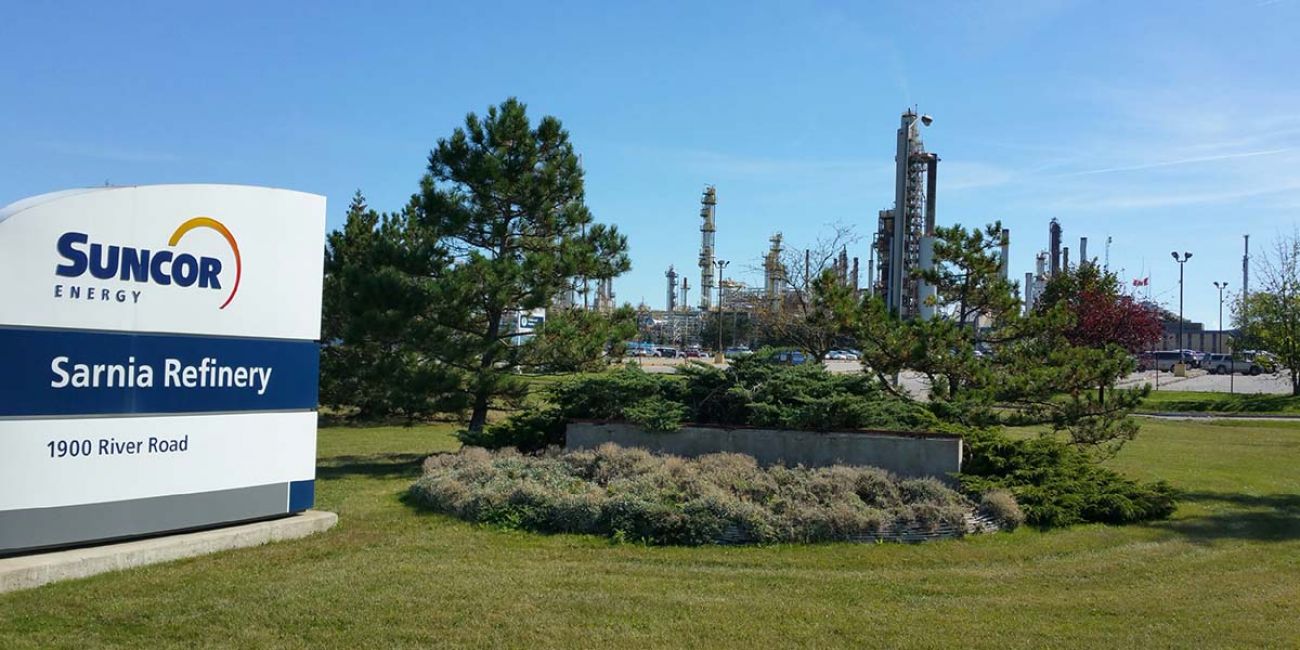
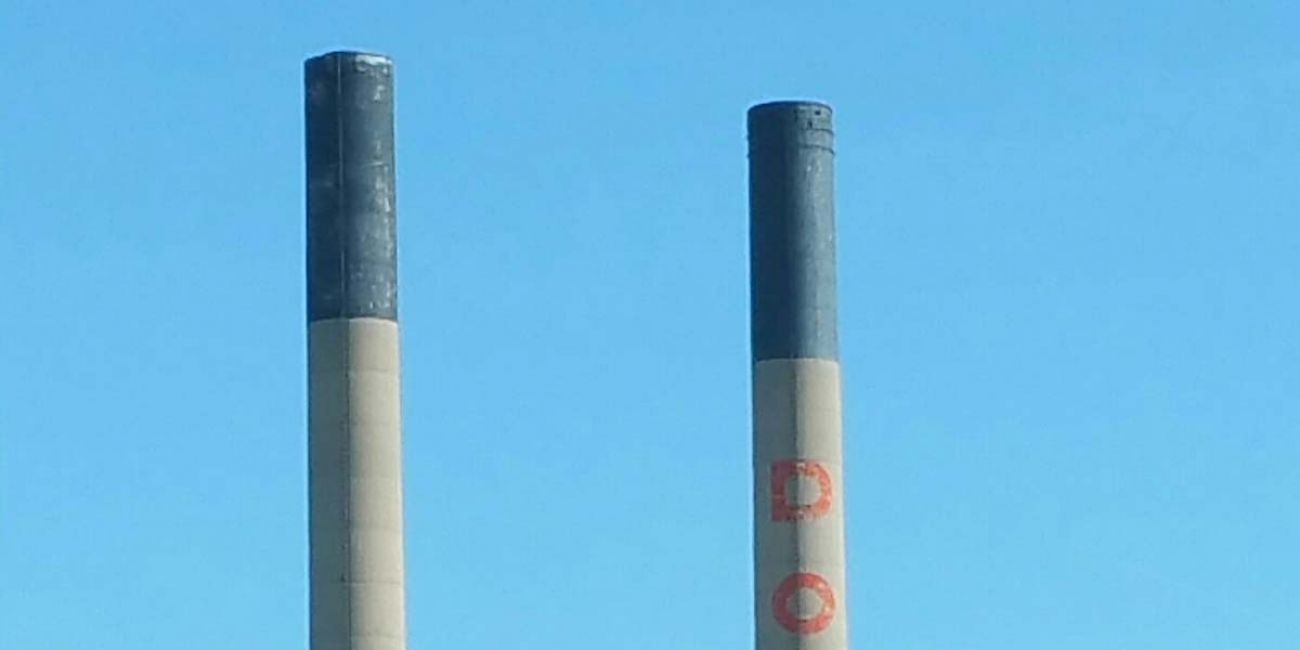
The Enbridge Line 5 pipeline that runs under the Straits of Mackinac has been the focus of government studies, public hearings and media reports, all raising concern about the environmental threat posed to Michigan if the aging oil line ruptures.
But far more quietly, officials in coastal towns from Port Huron through Detroit have been raising alarms for more than decade about a petrochemical complex in Sarnia, Ontario, with the discomfiting name of Chemical Valley.
MORE COVERAGE: Toxic chemical spill? Wait for our fax.
The 15-square-mile complex holds roughly 60 chemical and oil factories. At night, its smokestacks cast a dystopian glow over Sarnia and across the St. Clair River to Port Huron. Government agencies in the U.S. and Canada have recorded hundreds of spills over more than a decade involving toxic chemicals, including those that cause cancer, into the river. In several cases, downstream communities did not receive notice for hours, if at all, as chemicals flowed past Marine City, into Lake St. Clair and the Detroit River, which serve millions of southeast Michigan residents with drinking water.
“Everybody in Michigan can relate to Mackinac, but not everybody knows about, for example, Marine City,” said Macomb County Public Works Commissioner Candice Miller, the former congresswomen. Miller says the perils posed by Chemical Valley are “an equal problem due to the population in the area and the sources of public water.”
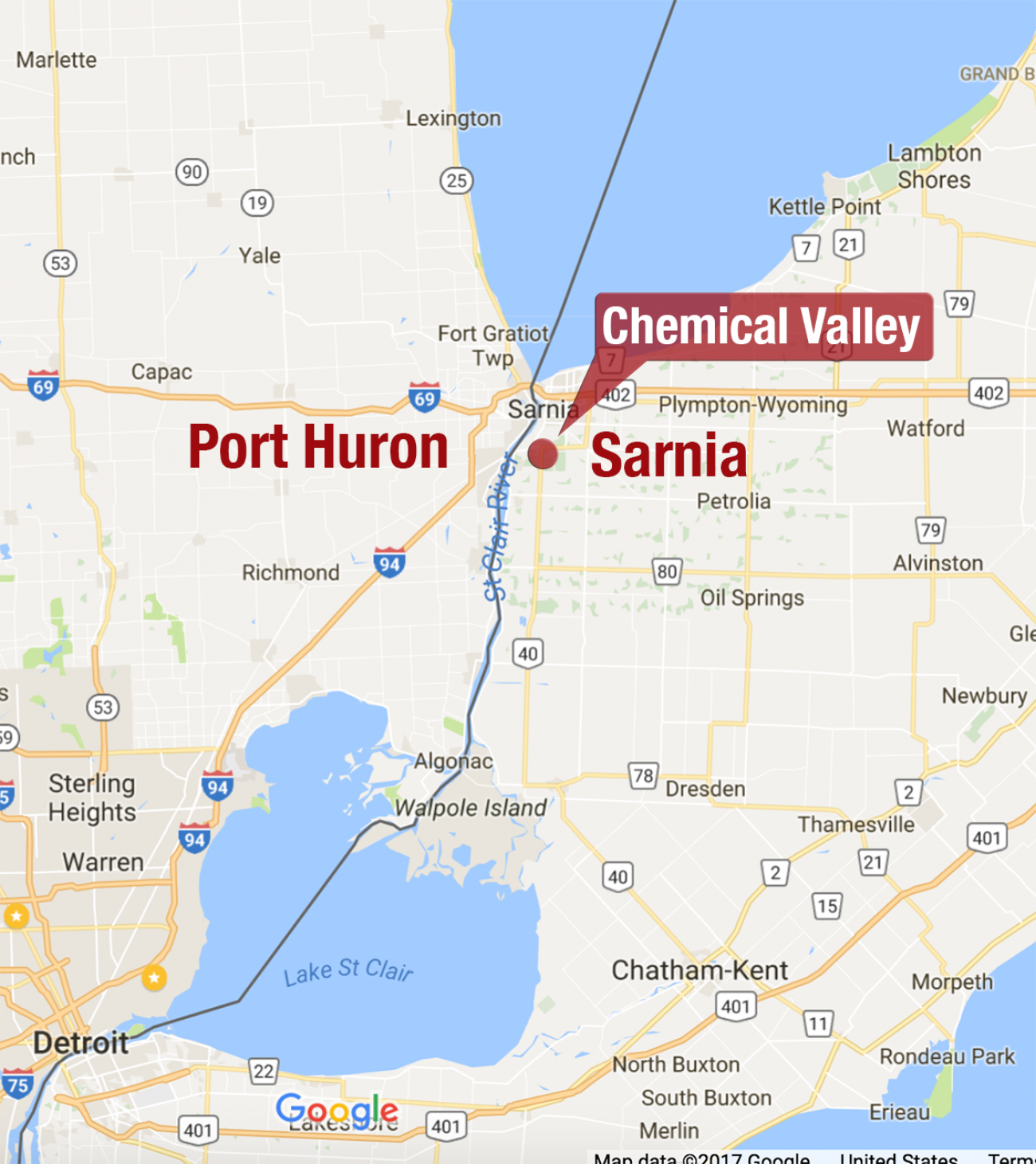
Perils for water plants
The St. Clair River connects Lake Huron to Lake St. Clair. The river contains roughly 40 pipelines, carrying all manner of oil, natural gas and hazardous materials. Indeed, the river is the end point for Enbridge’s Line 5, the Mackinac pipeline. And just south of Port Huron is a crossing by Enbridge Line 6B, the line that ruptured in 2010 near Kalamazoo, creating the biggest inland oil spill in U.S. history.
Overlooking the river is Chemical Valley, one of the largest petrochemical industry sites in North America. Forty percent of Canada's petrochemical industry is packed into the sprawling complex, with chemical plants and oil refineries running 24/7. A 2011 report by the World Health Organization found the area had Canada’s worst air quality.
Chemical Valley produces plastics, rubber, fertilizers, asphalt, gasoline and diesel fuel, and is said to provide, directly or indirectly, an estimated 50,000 jobs. Its manufacturing process has become safer, the industries say, particularly with the reduction of benzene discharges. A toxic solvent used in the manufacturing process, benzene, has been linked to various blood cancers.
Yet, despite those gains, the Toronto Star reports that Sarnia refineries release three to 10 times the annual limit of benzene under the tougher standards put into place by Ontario.
The Sarnia Lambton Environmental Association, an industry group that represents 20 companies in Chemical Valley, dismisses the idea that factory discharges can be linked to public health concerns. The firms include some of the biggest names in the industry: Sunoco, Shell, DuPont, Imperial Oil, NOVA Chemicals, Suncor Energy and Enbridge.
“As our last report shows, the trends are very positive,” said Dean Edwardson, the association’s manager, of its 2015 report. “Our companies have strived and made progress. And the St. Clair River is in much better shape compared to 20 years ago.”
Downstream from Chemical Valley are 14 Michigan water intakes, which withdraw water for treatment plants along the St. Clair River, Lake St. Clair and the Detroit River, which provide tap water to 3.5 million people in the region.
Because the St. Clair River has such a strong current, a significant spill of hazardous materials in Sarnia could enter downstream intake pipes before authorities are even warned of the danger.
A 2014 report by the Great Lakes Environmental Research Laboratory concluded that the amount of time it takes for a Sarnia spill to reach water intakes on the U.S. side “can be on the order of minutes.” The lab is a federal facility in Ann Arbor affiliated with the University of Michigan and overseen by the National Oceanographic and Atmospheric Administration (NOAA).
In a 2012 study, lab researchers found that “in the event of a contaminant spill, in which detection or reporting may already be lagging, the impacts can be felt before action can be taken to mitigate the effects.”
Beyond the impact on drinking water, the St. Clair River and Lake St. Clair serve as a thriving home for fish and wildlife. The lake is one of the best bass fishing locations in the nation. The marshy St. Clair Flats, where the river filters into the lake, is one of the world’s largest freshwater deltas. The marinas and beaches along the Lake St. Clair shoreline thrum with boating and other summertime activities.
Two scientists who have studied the pollutants in the river and Lake St. Clair say that government responses to the industrial plants have been largely inadequate.
Carl Freeman, a Wayne State University biologist, said that as much as 80 percent of the hazardous materials manufactured at Chemical Valley is not monitored by the U.S. Environmental Protection Agency on a regular basis. One substance used to make plastics and PVC pipe, vinyl chloride, is associated with an increased risk of a rare form of liver cancer, as well as brain and lung cancers, lymphoma, and leukemia.
The lack of aggressive EPA oversight, he said, presents a “presumption of innocence” for the petrochemical manufacturers.
Linda Schweitzer, who specializes in environmental chemistry at Oakland University, is co-author of a research report published Oct. 14 that indicates “high risk” air emissions from Chemical Valley routinely violate U.S. government standards.
Some of the air pollution discharges settle onto the surface of the river, presenting an additional layer of water contaminants.
Freeman and Schweitzer say industrial pollutants coming from the Canadian side of the river pose an environmental concern as potent as anything in the Great Lakes basin.
A 2006 report to Congress that reviewed U.S. Environmental Protection Agency (EPA) inspections of petrochemical plants in the six-state Upper Midwest region, including Michigan, found staffing was so low that members of the inspection team could do no better than visit each facility once every 500 years. Since then, the overall number of annual EPA inspections has declined.
“The problem is that neither the United States nor Canada is willing to pay for an agency that can actually function in a way that we don’t have to rely on self-reporting by the chemical industry,” Freeman said.
Meanwhile, the Ontario agency that serves as the equivalent of the Michigan Department of Environmental Quality ‒ the Ontario Ministry of the Environment (OME) ‒ appears to be in turmoil. A report released earlier in October by the agency’s environmental engineers asserts they’ve raised warnings since 2009 about the public health dangers of petrochemical leaks in Chemical Valley, but the engineers say the warnings been have been “muzzled” by OME.
The report, presented by the engineers’ labor union, maintains that the chemical companies and the Ontario provincial government failed to properly warn the public about the risks of industrial leaks with “possibly irreversible health impacts.”
700 chemical spills
Officials on the U.S. side documented more than 700 chemical spills originating from Sarnia over a 16-year period between 1986 and 2002. The Ontario government alerted the First Nation indigenous people living along the river about each incident, but water plant operators in Michigan were mostly kept in the dark, U.S. officials found.
Of course, not all 700 spills necessarily posed a danger; that would depend on the type of chemical spilled and its concentration. But experts say the cumulative effects can threaten public health. Some spills at an industrial site are quite small and never make it to the river’s edge. Others, experts say, can be downright scary.
One of the most frightening events occurred during the massive electrical blackout that hit the northeastern United States and parts of Canada in 2003, when a protracted spill of vinyl chloride, a carcinogen, by Royal Polymers in Sarnia went unreported for five days. The amount of the discharge was never determined, though Canadian officials estimated it at 290 pounds.
Royal Polymers told authorities its crew was busy dealing with the power outage and failed to realize on-site monitoring equipment was not working. The company was fined $318,000 by Ontario for violating anti-pollution laws.
In February 2004, a discharge by Imperial (Esso) Oil of 1,200 barrels of toxic solvents forced nine water plants on the St. Clair River and Lake St. Clair to shut down. The spill, on Super Bowl Sunday, prompted an emergency response by Michigan State Police that warned the public in the affected area via cable television messages not to drink tap water for several hours.
Five days later, Imperial Oil released an airborne chemical, hydrogen sulfide, which resulted in complaints from Sarnia residents of burning eyes, sore throats, headaches and dizziness. The company later admitted to violating the Canadian Environmental Protection Act and was fined a combined $1.1 million for the two illicit discharges.
Ontario environmental officials say they regulate industrial discharges of wastewater into the river and require Chemical Valley plants to prepare for spills or leaks.
“Area industries have invested in updating their (spill prevention plans) and in building infrastructure for spill diversion and containment structures,” said Lindsay Davidson, an OME spokesman.
Schweitzer, the Oakland University professor, counters that OME has taken a defensive posture for many years, claiming that spill prevention and containment measure have successfully protected public health, while downplaying the impact of chemical vapors from Chemical Valley that settle on the river’s surface.
“Chemicals are getting into the drinking water,” Schweitzer told Bridge. “Whatever is in the air, is also in the water. It’s almost impossible to 100 percent contain the stuff you have at a large chemical factory. It’s a double whammy ‒ the public gets hit with it from the water and from the air.”
While the health of the St. Clair River has improved over the past decade, according to the nonprofit Friends of the St. Clair River, it remains an “Area Of Concern” – a U.S.-Canadian designation for pollution hotspots in the Great Lakes.
100-year-old pipelines
Factory leaks aren’t the only threat that worry communities along the St. Clair River.
In 2010, the massive Enbridge Line 6B spill into the Kalamazoo River near Marshall led to the revelation of a “kink” in that same line to the east, where it crosses the St. Clair River. The Canadian-based oil company initially called the dent a harmless “anomaly.” But as publicity over the contamination in the Kalamazoo area poured in, Enbridge agreed to replace nearly 3,500 feet of the damaged pipeline underneath the St. Clair County waterway.
Last year, a Texas oil company sought to purchase several unused pipelines along the St. Clair River. While the Line 5 Enbridge pipes in the Mackinac Straits are viewed suspiciously by state officials because they are 64 years old, two idled pipelines that the Texas company wanted to send oil through are nearly 100 years old.
Environmental groups jumped in as the U.S. State Department seemed on the verge of quietly approving the acquisition. High-volume public opposition, including an online petition drive and intervention by members of Congress, caused the company, Plains LPG, to abandon the plan.
The Michigan League of Conservation Voters, which launched that petition drive, contends that Lake St. Clair is “under siege” from pollution threats upstream.
“Those threats are ignored and they are huge,” said the group’s executive director, Lisa Wozniak. “Do I think an equal campaign, like the one waged against Enbridge Line 5, should be run in the Lake St. Clair area? Yes, I do.”
A popular plan to reduce the dangers posed by Chemical Valley surfaced in 2006, when high-tech water monitoring equipment was positioned to alert the 14 downstream water plants of chemicals in the current. But, as Bridge revealed in 2016, that system was eventually shelved due to a lack of funding.
“If you had any kind of pipeline rupture or major spill at Sarnia, it would be gone (downstream) before you know it,” said Miller, the Macomb public works chief. “It would have a devastating impact on the entire southeast Michigan region.”
Canada slow to deliver alerts
Meanwhile, problems also swamp a Canada-to-U.S. emergency alert system to warn of toxic spills. Critics say that efforts to make it less dysfunctional have fallen short.
Patty Troy, a U.S. official in Port Huron, said delays in the alert system, particularly in the critical early minutes after a spill, remain a black mark on continuing efforts to restore the river.
“With each incident there’s always a hiccup somewhere, and it seems it’s usually a hiccup in industry making the first notification,” said Troy, the U.S. co-chair of a government watchdog group known as the Binational Public Advisory Council.
Efforts by U.S. agencies to keep tabs on the Huron-to-Erie area waterways have also faced substantial criticism. A 2006 report by the General Accountability Office (GAO), an arm of Congress, concluded that spill notifications by the EPA and U.S. Coast Guard are plagued by duplications and incomplete information that also rely on industry to initially sound the alarm.
There are also worries concerning reports of higher cancer rates and other health problems for people living near the factories. In 2011, the state confirmed that eight young children in the area of Marine City, northeast of Mount Clemens, were diagnosed with a rare kidney cancer. The parents say they remain convinced that Chemical Valley pollutants caused the cancers. But a St. Clair County Health Department study, operating on a $5,000 budget, proved inconclusive.
On Walpole Island, which is in the middle of the St. Clair River Flats just across the Canadian border, the First Nation indigenous people have complained of high rates of cancer and leukemia. For many years, similar worries have plagued the First Nation population that lives in Sarnia, adjacent to Chemical Valley facilities.
Anecdotal evidence of high miscarriage rates persists while a 2005 study published in the science journal Environmental Health Perspectives confirmed that twice as many babies born in the community between 1999 and 2003 were female rather than male. Previous studies of other populations have linked exposure to PCBs and other toxins with low male birth rates.
But attempts to push for a government-funded, wide-ranging health study failed for a decade, according to Ada Lockridge, a local activist who has pursued legal action against Ontario over unregulated air emissions.
That may now change.
After disturbing reports in Canadian media about alleged OME inaction on Sarnia pollution risks, the Ontario provincial government quickly announced on Oct. 16 that it will fund a study on the health effects of pollution from Chemical Valley.
Solutions rely on educating the public
Wozniak, of the Michigan League of Conservation Voters, said she believes Chemical Valley continues to demonstrate “very poor (environmental) stewardship, poor communication and poor performance.”
She said she hopes people in southeast Michigan show the same urgency as leaders and activists protesting Line 5 in the Straits of Mackinac ‒ by mobilizing nonprofit and environmental organizations, and getting the business community involved.
One relatively new civic group, Save Lake St. Clair, has grabbed the attention of local officials and a few state legislators by emphasizing that the St. Clair waters are critical to the region’s water supply.
Doug Martz, a resident of the lakefront community of Harrison Township, has spent more than 20 years trying to generate support for protecting the Detroit area waterways. Martz, who served as the first and only chairman of the Macomb County Water Quality Board before it was disbanded in 2011, said he believes years of government inaction have taken a toll on public health.
“I think a lot of these officials are scared to death to talk about Chemical Valley,” he said. “Because, what if they have to tell the people that their drinking water may be no good?”
See what new members are saying about why they donated to Bridge Michigan:
- “In order for this information to be accurate and unbiased it must be underwritten by its readers, not by special interests.” - Larry S.
- “Not many other media sources report on the topics Bridge does.” - Susan B.
- “Your journalism is outstanding and rare these days.” - Mark S.
If you want to ensure the future of nonpartisan, nonprofit Michigan journalism, please become a member today. You, too, will be asked why you donated and maybe we'll feature your quote next time!

